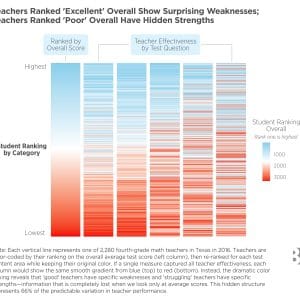- About
- Network
- Research Initiatives
- Big Data Initiative
- Chicago Experiments Initiative
- Health Economics Initiative
- Industrial Organization Initiative
- International Economics and Economic Geography Initiative
- Macroeconomic Research Initiative
- Political Economics Initiative
- Price Theory Initiative
- Public Economics Initiative
- Ronzetti Initiative for the Study of Labor Markets
- Socioeconomic Inequalities Initiative
- Research Initiatives
- Scholars
- Research
- The Incidence of Tariffs: Rates and RealityGita Gopinath and Brent NeimanWho Chooses and Who Benefits? The Design of Public School Choice SystemsChristopher Campos, Eric Chyn, Jesse Bruhn, and Antonia VazquezAfrica as a Success Story: Political Organization in Pre-Colonial AfricaSoeren J. Henn and James Robinson
- Insights
Videos
BFI Youtube Channel
- Events
Upcoming Events
- News












